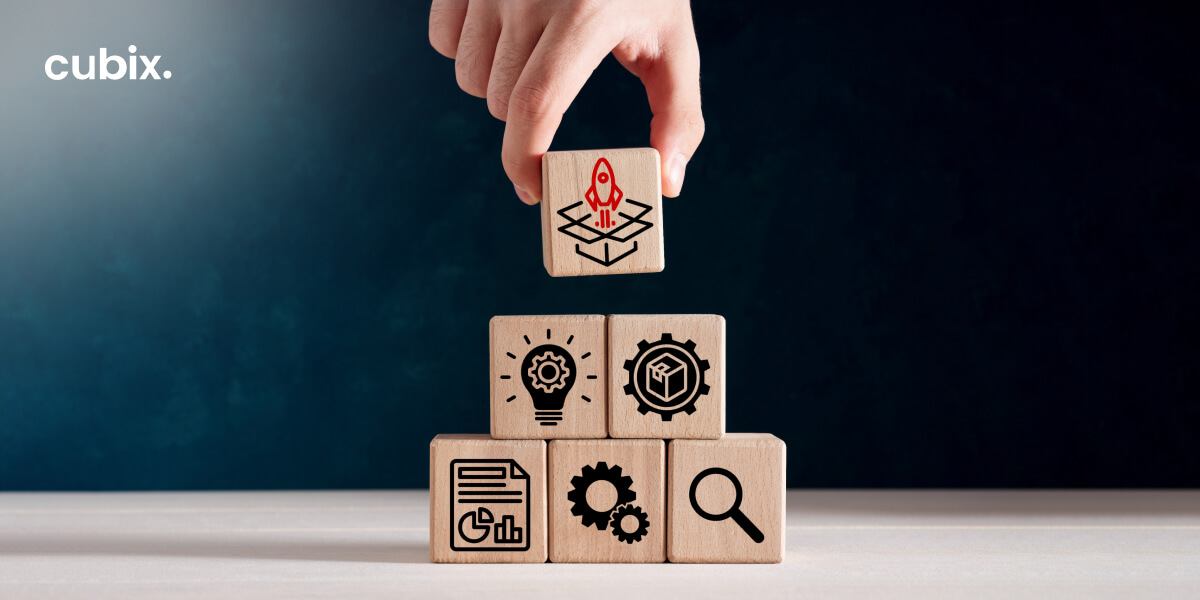Tens of thousands of products are launched every year, but how many do you think survive? Half of them? Not even close. Less than 10% of them live on! What happens to the rest? They go down as failures and are wiped off.
This means the time, effort, and resources that went into developing, promoting, and bringing the solution to the market are gone to waste. This should ring the alarm bell for you if your company deals in any sort of product. Companies need to focus on developing products with better chances of success, and this blog is going to dig into the topic in detail and give you some valuable information regarding product validation. But before that, let’s examine the reasons that contribute to a project’s failure.
The Reasons for Product Failure
A few of the top reasons behind most product failures are listed below;
Of course, there are several other reasons that can contribute to a product’s failure. But out of the four mentioned above, at least three are linked to improper product validation.
How Does Product Validation Work?
It is a process aimed to check if the product addresses the need of the target market, and is scalable.
There are several ways a product is validated throughout the span of its development. During the initial stages, the idea is tested through competitive analysis and need assessment. After that, several other tests are performed at various stages of development.
Conducting surveys to test the idea, creating low-fidelity prototypes to get user feedback, and developing a smoke-test landing page to gauge the audience’s responses are some of the popular ways to test the product throughout its development journey.
If It’s That Simple, Then Why Are Companies Missing It?
Validation is a time-consuming, and resource-consuming process. If a company has to launch a product and it’s short on time, guess what? They will either drop the process or skip a few stages of validation.
Common Mistakes
Here are a few commonly made validation mistakes, you need to be aware of;
Operating With Wrong Sets Of Data.
Working with a sample that doesn’t truly represent the target population can provide results that may mislead the product development team.
Moreover, knowing exactly what to measure is key to getting reliable reports. Testing on wrong metrics might mess up your validation process, and can potentially result in failure.
Bias
Young companies run by enthusiastic entrepreneurs are vulnerable to this trap. You may believe that your idea will be a hit, however, to minimize the chances of it failing, you must run it through appropriate validation.
If you love the idea so much, that you choose not to validate it with proper methodology, you are risking failure.
Relying On The Wrong Methodology
What method to rely on for testing a specific product, is a million-dollar question. There is no one methodology that would suit every project. Research experts can help you get this right. Hence, either you must have one on your team, or consult one for the project.
Product Validation Criteria – Questions to Ask?
Desirability
If your target market does not desire the product you are developing, it is definitely going to fail. For a product to be desired, it must 1) solve a real problem, or satisfy a need/want and 2) deliver a satisfactory user experience.
Viability
Another important thing to consider before planning to launch a project is its viability. Your company must have access to the resources needed to develop and sustain the product. Viability refers to the company’s ability to scale the project and sustain production in the long run.
Feasibility
Do the technologies required to bring your concept to life, exist? If they do, then are they going to be relevant in the future? When building digital products, you need to deploy a technology stack that is time-proof.
Choosing the right gaming engine for developing your games and relying on the right programming languages to build your applications are a few examples of considering a project’s feasibility.
The Lean Method
Validating The Problem
Your product aims to solve a problem or satisfy a need. The first step is to test if the problem actually exists for the end user.
Market Validation
In the second step, after you have determined that the problem you are planning to solve does exist for the user, then you need to validate the market. This means assessing the demand – is there a large enough market for your product, that you can take this idea further to the next stages of development?
Willingness To Pay
Next, you need to see if the problem is painful enough for the end-user to make him willing to pay to get rid of it. The problem may exist and it does for a market large enough, but it may be easy to ignore for the end user. He may not be willing to pay to get rid of that problem.
Testing The Prototype
Once your idea has cleared all the stages of validation, then you have to work on building a prototype. The purpose is to see how good your solution is at what it promises to accomplish. When testing a prototype, you must proceed with clearly defined testing goals, so you can easily judge its performance.
There are several other validation methods as well. You must research them, and determine which one suits your product the best.
End Note
Every company is eager to launch new products, but the majority of them fail – often due to improper validation. To make sure your product doesn’t end up with the majority, you have to ensure you are testing the solution and doing it right. This blog gives you an idea of the questions to ask and discusses the “lean process” for product validation.
To minimize the risk of failure of your next product, make sure your validation process is in order. At Cubix, we excel at creating exceptional digital products and have a robust validation methodology in place. If your startup could benefit from expert validation, or you have a product idea that requires expert execution, get in touch with us to get started.

